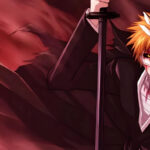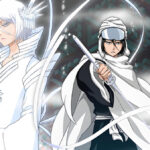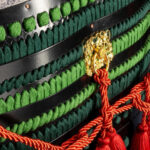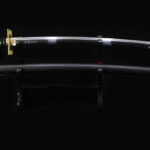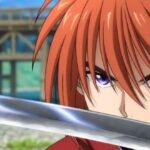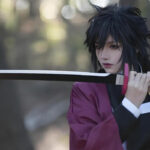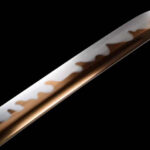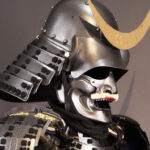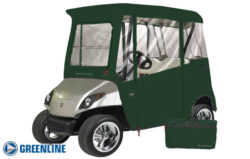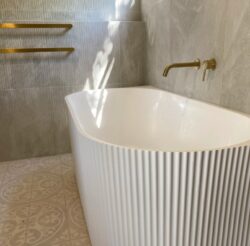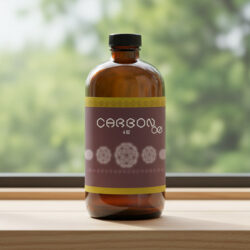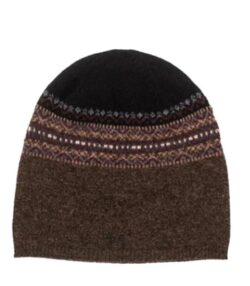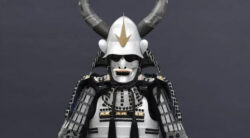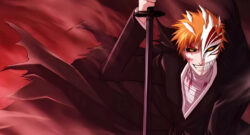Comprehensive Guide to Swords: From Ancient Weapons to Modern Blade Artistry
Swords have played a vital role across various cultures and time periods, serving not only as tools of war but also as cultural symbols, ceremonial artifacts, and collector’s treasures. From samurai swords in Japan to knight swords in medieval Europe, the evolution of blade weapons reveals a rich tapestry of craftsmanship, tradition, and modern innovation. In this article, we explore different types of swords—from traditional blades to contemporary designs—highlighting their materials, historical significance, and present-day applications.
1. 1045 Steel Swords – Reliable and Durable
1045 steel swords are made from medium-carbon steel known for its excellent wear resistance and toughness. This material is ideal for both beginners and seasoned sword enthusiasts due to its affordability and reliability. With good hardness and resilience, 1045 steel is commonly used in crafting single-edged and double-edged swords, capable of enduring repeated impacts without cracking or chipping.
2. Damascus Steel Swords – Strength and Beauty Combined
Damascus steel is famed for its wavy, water-like patterns and legendary strength. Historically forged in ancient India, Persia, and the Middle East, Damascus steel swords are valued for their cutting ability and durability. The layered steel construction not only enhances performance but also makes each blade uniquely artistic, making them highly sought after by collectors and martial artists alike.
3. Spring Steel Swords – Flexibility for Martial Arts
Spring steel is known for its incredible elasticity and strength, making it the go-to material for modern practice swords, especially in Kendo and other martial arts. Its ability to bend and return to its original form without deformation allows it to endure intense training sessions. Spring steel is particularly favored for making curved swords such as katanas and scimitars that require enhanced flexibility.
4. Comparing Sword Materials: 1045, 1060, 1095, and Beyond
Different types of steel offer unique properties:
1060 steel has greater hardness than 1045, making it ideal for cutting power, though slightly less flexible.
1095 high-carbon steel offers top-tier sharpness and hardness, frequently used for combat-ready katana and battle swords, though it needs proper care to avoid brittleness.
High-carbon steel in general ensures sharp blades but is more prone to rust or breakage if mishandled.
Damascus steel blends beauty and function with intricate patterning and resilience.
Spring steel, with its flexibility and toughness, remains a favorite for performance swords and practice gear.
5. Bamboo Swords and Kendo Training Tools
In Kendo, the Japanese art of swordsmanship, bamboo swords (shinai) are central to training. These swords are made of flexible bamboo slats bound together, simulating the movement and feel of real steel swords while ensuring safety. Wooden swords (bokken) are also commonly used for form practice and kata, playing a critical role in preserving samurai tradition and discipline.
6. Hook Swords and Ring Swords – Unique Eastern Weapons
Hook swords originated in China and are notable for their curved blades, allowing for hooking, slashing, and disarming opponents. Often used in pairs, these weapons are featured in traditional martial arts and cinematic depictions of Wushu. Similarly, ring swords offer defensive and offensive capabilities, often appearing in stylized combat forms.
7. Broadswords and Double-Edged Swords – Power and Balance
Broadswords, like the Chinese Miao Dao, are large and heavy, built for powerful sweeping attacks. Double-edged swords (e.g., Han Jian) provide balance and symmetry, ideal for fast, decisive strikes. These blades hold significant cultural value in Chinese swordsmanship, often used in both battle and ceremonial contexts.
8. Spears and Halberds – Battlefield Dominance
Long-range polearms like spears and halberds were battlefield staples in ancient warfare, especially in Chinese military tactics. The halberd, with its axe-like blade and spear tip, could be used for slashing, thrusting, and pulling, making it a versatile weapon against both infantry and cavalry.
9. Western Swords and Knight Weapons
In medieval Europe, Western swords like the knight’s sword symbolized honor and chivalry. Typically double-edged and well-balanced, these swords were used in duels and battles. Their elegant designs and historical relevance continue to inspire fantasy fiction and collectors alike.
One notable example is the Glamdring sword, a fictional Elven blade wielded by Gandalf in The Lord of the Rings. Its design draws from traditional European sword forms, blending myth with craftsmanship.
10. Glamdring Sword: Hand-Forged European Masterpiece
Hand Forged European Glamdring Sword – 1095 Folded Steel Rosewood Handle
This expertly crafted Glamdring replica uses 1095 folded steel, offering impressive hardness, edge retention, and aesthetic grain patterns. The rosewood handle ensures comfort and grip stability, while its elegant silhouette reflects the noble style of Western swords. Ideal for collectors, cosplay, or display, this blade honors the legacy of medieval craftsmanship.
11. Scimitars and Sabers – Curved Elegance in Battle
Scimitars are traditional Middle Eastern weapons with a distinct curved blade ideal for slashing attacks. The curvature allows for rapid, forceful swings that can bypass armor and shields. Often used by warriors in Arab, Indian, and North African regions, scimitars remain iconic in historical and fantasy settings.
12. Chinese Swords: Han Jian and Tai Dao
Chinese swords, including the Han Jian and Tai Dao, reflect thousands of years of martial and scholarly tradition. The jian is a double-edged straight sword, prized for balance and finesse, while the tai dao is a single-edged saber used more aggressively in military applications. These swords symbolize honor, intellect, and the martial spirit of ancient China.
13. Samurai Swords and Japanese Katana
Samurai swords such as the katana are legendary for their sharpness, elegance, and spiritual meaning. Forged using advanced techniques like clay tempering, the katana embodies the soul of the samurai, combining deadly functionality with ceremonial symbolism. Today, they are prized by martial artists, collectors, and historians alike.
14. Modern Swords – Blending Technology and Tradition
Modern metallurgy has allowed for new types of stainless steel and high-carbon steel swords that offer better corrosion resistance, consistent quality, and improved design. Many modern swords are created for display, collection, or martial arts practice, continuing the sword-making legacy with enhanced precision.
【shop now】
Hand Forged European Sword Glamdring Sword 1095 Folded Steel Rosewood Handle
Hand Forged European Sword Glamdring Sword 1095 Folded Steel Rosewood Handle
Conclusion
The world of swords is vast and multifaceted, encompassing everything from Damascus steel masterpieces to bamboo training swords and legendary samurai blades. Each type, from Western knight swords to Chinese broadswords, reflects the history, culture, and craftsmanship of its origin. Whether you’re a collector, practitioner, or enthusiast, exploring the unique features and stories behind these swords deepens appreciation for one of humanity’s most iconic weapons.


